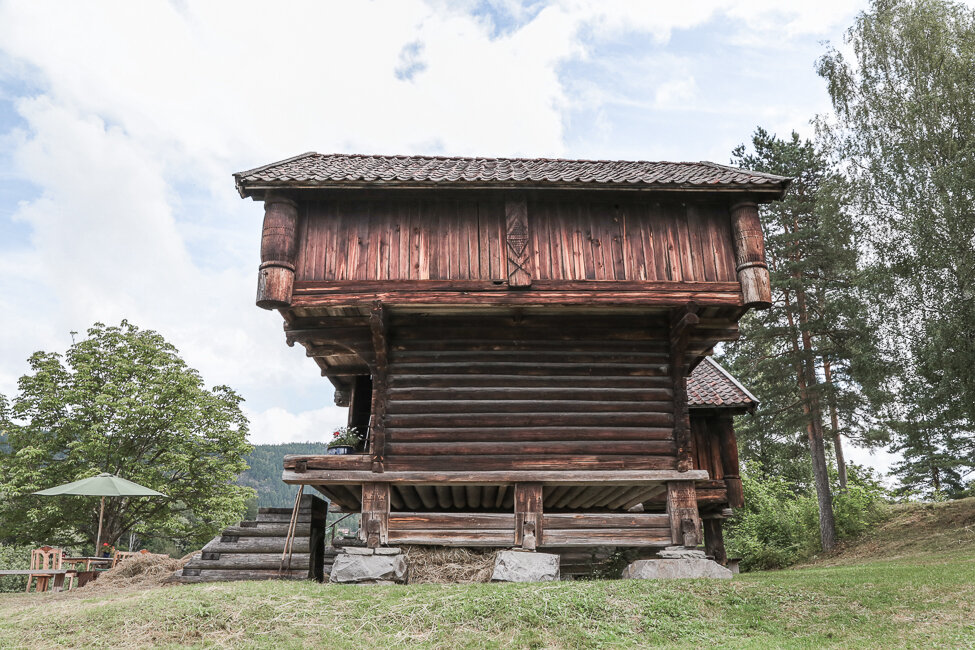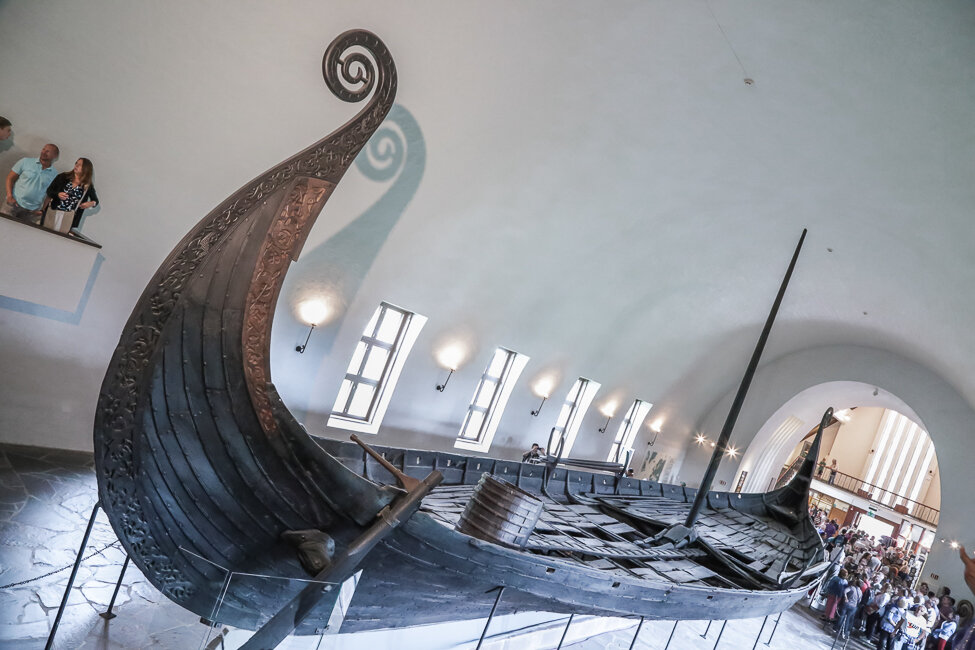Museums in Oslo and its Surroundings
Oslo's Museums and its Surroundings
For today, I will present you an interesting Stavkirk to visit. Also, their some museum in Oslo that you should visit if you pass by this place.
Stavkirk
Oslo
The Stavkirk in itself is very beautiful to see but remain classic compared to others. What made this Stavkirk particular is that it has this exhibition site about Vikings legend and heroes on its side. The display is presenting many Vikings heroes like Sigurd (Siegfried) or the Valkyries. There is also mention of the other of the lord of the ring books J.R.R Tolkien. He inspired himself for the creation of the trilogy from the Vikings. The only problem is that all of the posters are in Norwegian. Fortunately, translations are available at the beginning of the exhibition.
Near the Stavkirk, there is the reconstruction of a village with houses from a different era and has a different purpose. From here we can have a clear view of how the lofe in Northway evolved and how the architecture change through the ages. It is also possible to visit the inside of the houses to see how it looks inside.
Now let's move to Oslo, the first museum I will present is about the Vikings and more precisely about their ships, the famous Drakkar.
The Drakkar Museum
The museum contains three Drakkar with an additional room that presents the how organized it was inside. The two first Drakkar are well preserved as the basic structure is and some explanation to it like why they are a split added to the hole of the ream. The third only have a small part of the boat left as it suffers high damages. However, there is also a very beautiful animation about the Vikings plundering and battles.
Kon-Tiki Museum
The next museum is entirely different as it is presenting the different extravagant journey of Thor Heyerdahl, a Norwegian archeologist. The major one is his first travel across the Pacific on a raft. The name of the embarkation was Kon-Tiki, made by the ancient Polynesian. From this exploration; Thor intends to prove that the Polynesian could have been able to go from South American to their actual home by water.
The journey succeeds even if everything seems to say otherwise. No one of the crew knew how to pilot this embarkation. Also, everyone predicted that the boat would tear apart within two weeks as the ropes would bork. What happens is the crew learn how to manipulate the embarkation in two days. Also, the lines hold on all the way. Thanks to the fact that the balsa was softer than the ropes and this result in grooves being formed in the wood, protecting the lines.
Three others travel like Kon-Tiki were organized by Thor, they were named Ra, Ra II and Tigris. Ra and Ra II followed and Egyptian like raft construction. If there is two of them is because of the first Ra sink mid-way due to a mistake in the creation of the raft. Fortunately, no one died. After learning from the error made during Ra, Thor was able to succeed Ra II like Kon-Tiki. While during his last journey on the Tigris, which followed a Mesopotamian and Egyptian construction. Unfortunately, Thor and his crew would not complete their mission as Military forces blocked them at the door of the Red Sea. To protest to this, Thor set up a fire to the raft.
The Fram Museum
The third museum is not very far from Kon-Tik, and it is also about travellers, but the time the destination is not the tropic, but in the north. The museum count three levels that are all open, each level tell about expeditions that settled to the artic. In the middle, the boat that they used for the travellings. It is even possible to visit the inside of the ship. It allows us to imagine how the life on board was during the journey.
Norwegian Maritime Museum
The last museum to be explored at Oslo is the Norwegian Maritime Museum. The museum is exploring the different aspects of the Norwegian marine like its origins or how it is today. The exhibition in the basement is following the evolution of navigation in Norway through the age from the small canoe to the large cruiser boat.
At the lobby, there is another exhibition about the global marine during WWII, presenting the warships, sea mine or the very first submarine, the U-Boat used by the Germans.








